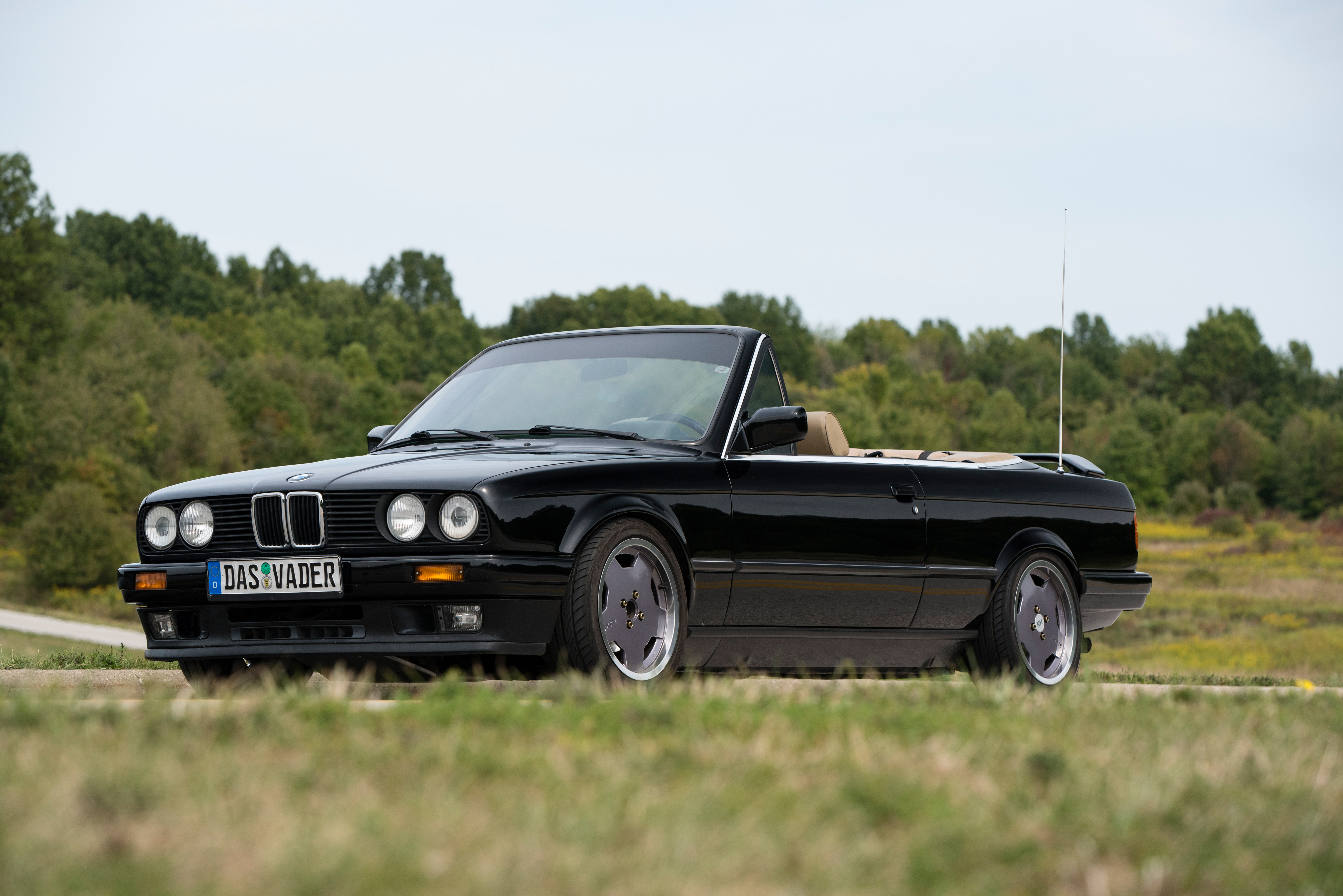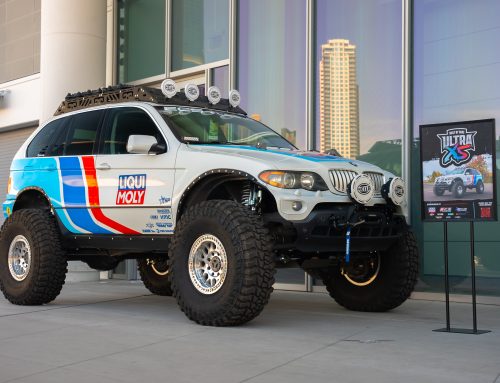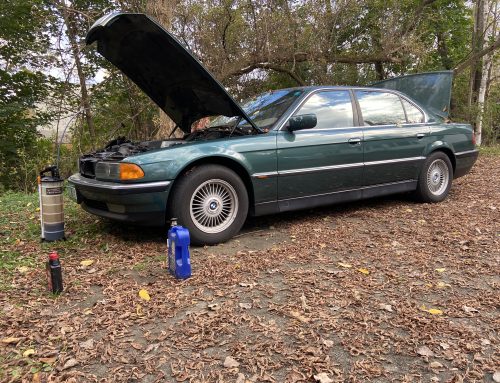Regarded as one of the most successful and desirable enthusiast cars, the BMW E30 3-series offers a connected and dynamic driving experience in a vintage car without being overly expensive or difficult to maintain.
Known for their rear wheel drive, six cylinder, manual transmission variants, BMW continued their sport-compact segment with the new E30 3-Series in the early 80’s to provide a sporty coupe with the convenience offered in competitive sedans offered at the time.
Regardless of your familiarity level with cars, E30’s provide a fun and challenging ownership experience supported by a massive network of enthusiasts to help you every step of the way. In this post, we will specifically discuss what new enthusiasts should keep in mind when looking to purchase their first E30.
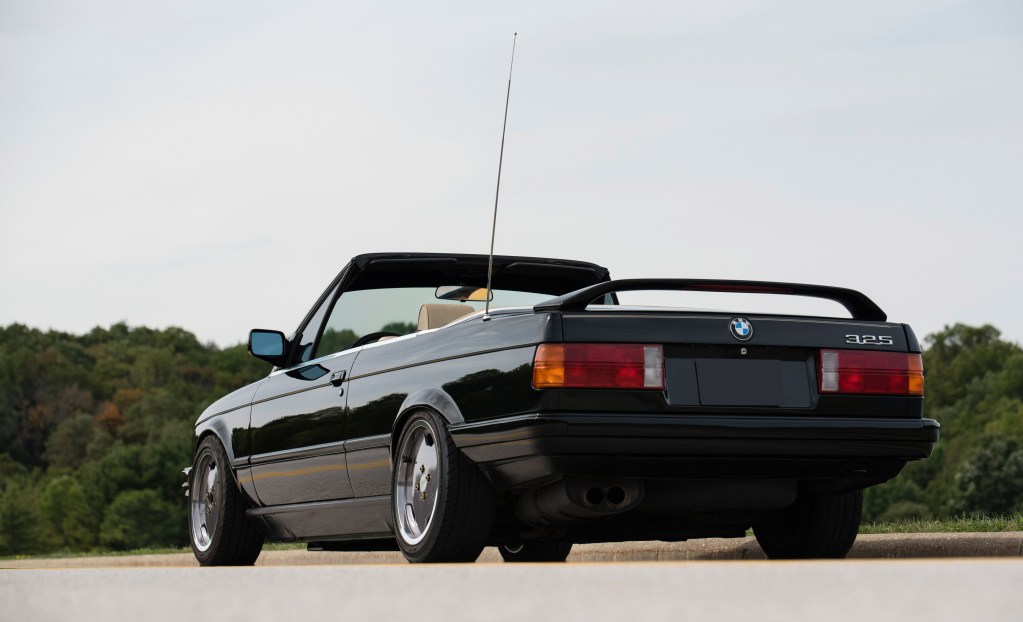
Before we get started
The biggest aspect you need to be aware of when looking for an E30 of your own is age. Even the newest E30’s are 25 years old. With that in mind, many of the key points we will cover in this post are going to be maintenance and age-related.

Before you are discouraged, however, remember we will be showing you what to look for and providing tips along the way to help mitigate or remedy some of these known faults. Ideally this, as well as other sources, will help you find the right E30.
In our experience, looking for an unmodified or unmolested E30 with a straight body, livable interior, running, driving, example is going to be a bit of a journey. The ideal purchase needs to be something that requires as little cosmetic attention as possible, is running and driving but may need some work, and is around a $5,000 budget. This should be doable with some discretion and a little searching.
Pick your E30 variant
There are a few versions available to most buyers:


We will cover the basics, which include early model (1983-88) and late model (1988-1992) coupe, sedan, and convertible 318i, 318is, 325e, 325i, 325ix and 325is. This article will not be covering what to look for specifically in E30 Touring models or in the E30 M3. The E30 M3 is not only the most expensive by a country mile but also shares incredibly few similarities with non-M3 E30s. Also tough to find are the E30 Touring, Baur, and Diesel models. For the purposes of simplicity, this post is focusing on the most common E30 variants.
So let’s take a look at the car we will be using as an example; my 325i cabriolet. The vert is a great car to provide some context as ’88 vert specifics allow us to make some observations about early versus late model, and will add to the inspection checklist.
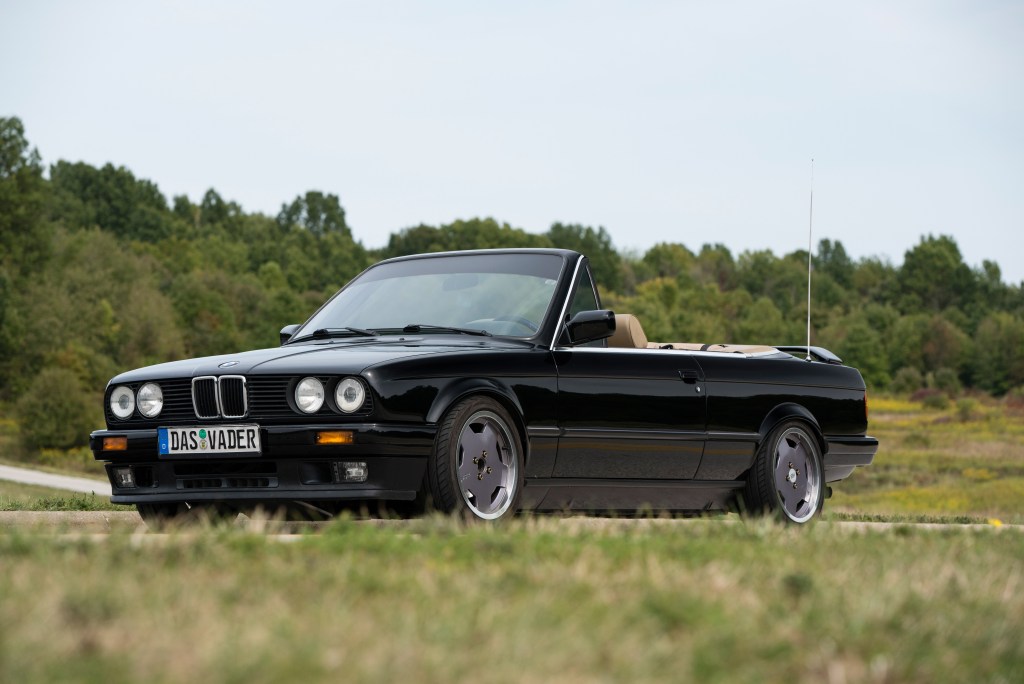
The Inspection
A big issue on these cars can be rust. Depending on where the rust is and how extensive the problem, you can make a decision to move forward with the purchase or walk away.
Places to check for rust include: around the tail lights, around the license plate, in the battery tray up front, both sides of the trunk, under the trunk carpet, shock tower mounts, wheel wells, and floor pans.
For convertibles, a must check is the soft top. All vert soft tops original to the car are going to be in various states of Swiss-cheesery. Be sure to closely inspect the function and condition of the top, including the rear vinyl window, and note how the top seals around the windscreen and windows.

One place we have noticed can be a definite walk away rust spot are in the rear floor pans around the plastic drain seals. These have a tendency to rust out leaving an open hole through the chassis. The floor pan rust is incredibly important as new floor pans are unavailable and must be cut from an existing E30 lacking the rust issue.
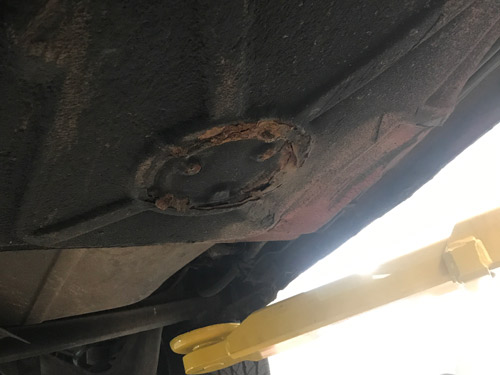

Beyond the floor pans, other notable rust spots are the front battery tray (unused on all models except convertibles) and the rear battery tray in the trunk on the passenger side.
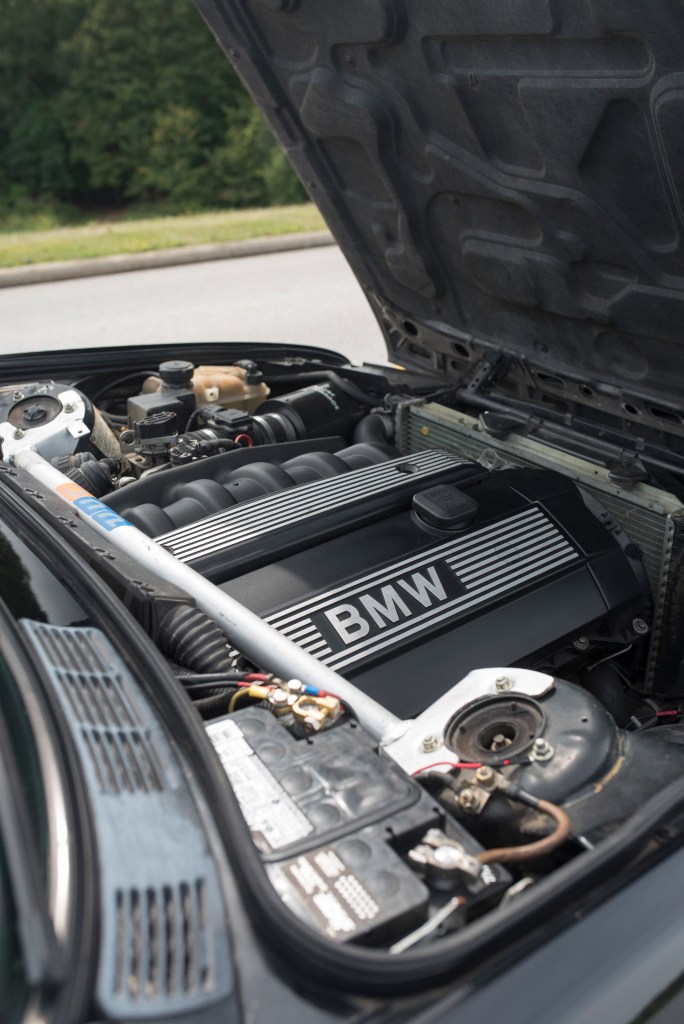
While this is not the factory M20, the battery sits in the factory location for convertibles. Make sure to take the battery out and check underneath for rust if you have a convertible. Rust is more noticeable there without the battery located in the front.
When we move to the trunk, be sure to note the presence and condition of the tool kit. My tool kit snapped its locking screw and is removed, but this is how far too many E30’s will look:

Check the trunk out for the notorious rust spots in the rear of the car. Don’t forget to look under the carpet and spare wheel if you can.
Lift the carpet to examine the metal beneath:
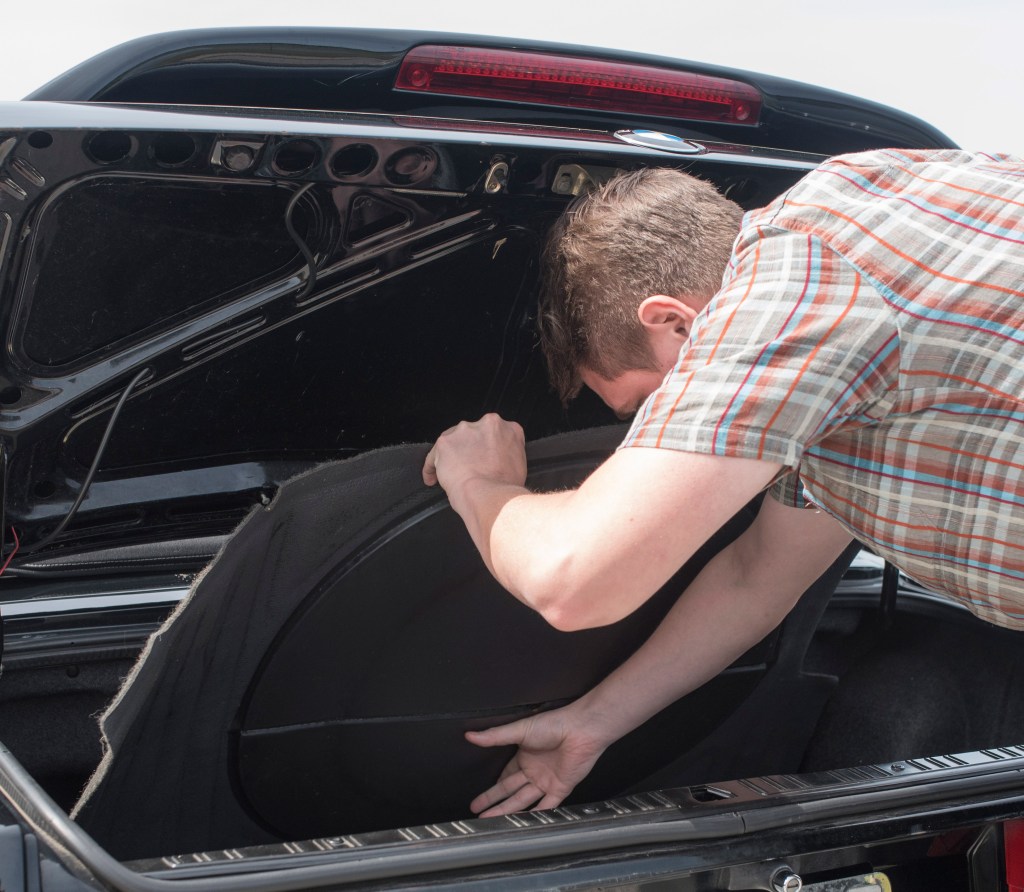

Check the battery tray, and the side opposite. Rust tends to hide underneath the carpets if your trunk seals are going bad:
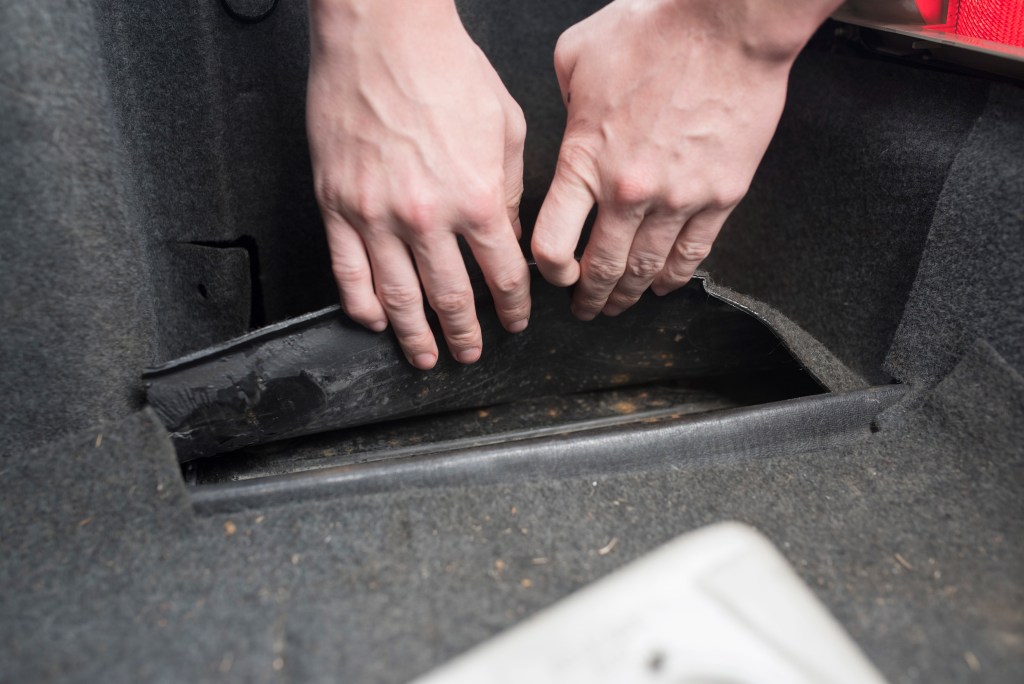
The pictured vehicle is my convertible and you can see where some discoloration is starting. If tackled early, this rust can be prevented. Be sure to check both sides of the trunk and the spare wheel well for rust.
While still in the trunk be sure to take both tail light housings out and examine the inside and outside of the body for any rust around the bezels and check underneath the license plate.
Lastly, check the shock tower mounts in the rear. Pictured is the convertible shock tower mounts, which are located inside the convertible top compartment under rubber covers. In the rest of the E30 lineup the shock towers can be found inside the trunk underneath the carpet lining.
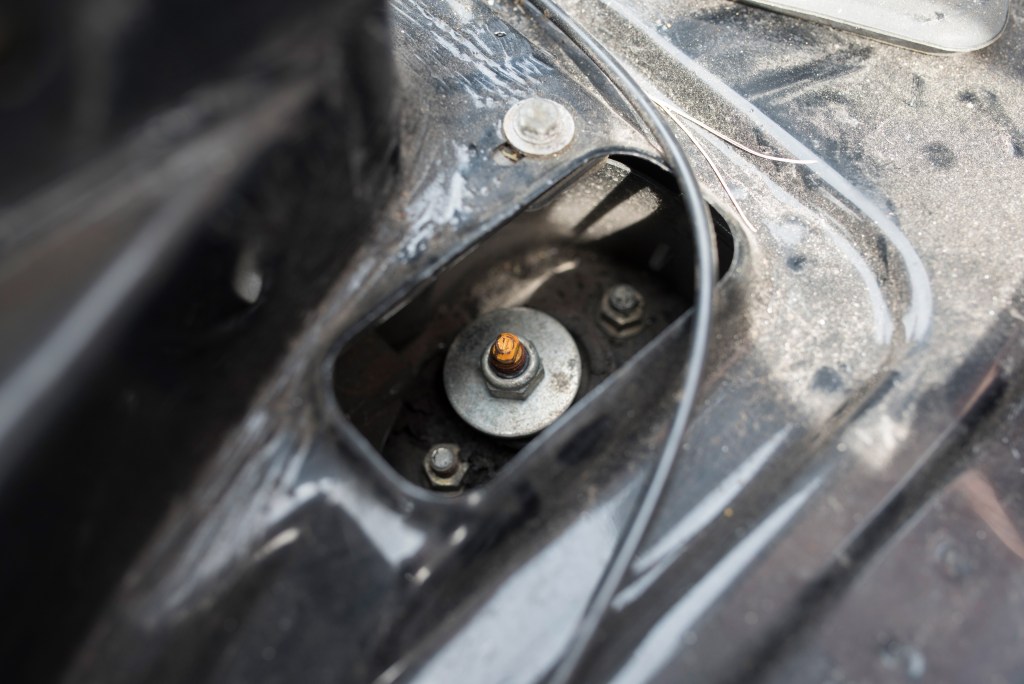

Interior functions
After you have examined the car for rust and found it to be worth moving forward, it is time to test the functionality of a few features known to be frequent issues.
First, check the door locks and central locking. The easiest way to test this is to lock and unlock the car from the trunk. If your central locking is out, we have the replacement BMW E30 Central Locking Control Unit at this link.
Pop the hood and check the coolant reservoir and the oil. Look for clean coolant. Milky or black will mean a head gasket failure, be prepared to replace the BMW M20 Headgasket. This is a time consuming but “DIYable” task. Make sure the oil is not sludgy or milky as well. If you notice that sludge, your potential E30 will need full service.

Turn the key to accessory position and check the BMW E30 blinker stalk and wiper stalk to make sure they function properly. Both are known to fail but are fortunately easy to replace.
Check the windows and sunroof; window switches are a common fault in E30’s and can be easily replaced to fix a slow or non-functioning window. However, regulators are known to fail often enough that changing the switches and checking function is something we usually encourage if possible when looking at the car. Keep a good test switch around for this purpose. The BMW E30 Window Switches are available here.
Another noteworthy check is the circuit breaker switch; that BMW E30 Circuit Breaker Switch can be found here.
While around the window switches, give the shifter a few good throws to test the amount of play. There will most likely be some play in the assembly. Fortunately, you can find a new assembly and beefier bushing to replace it with here without too much effort. One can assume any E30 that hasn’t had its shifter refreshed – needs it. Upgraded bushings are available for a better-than-new-feel, even without replacing the entire shifter assembly. BMW E30 M40/M42 cars require this kit , BMW E30 M20 up to 09/1989 take this kit, and BMW E30 M20 from 09/1989 need this one.

Now turn the car on to test the A/C and Heat. Heater cores are generally fine but A/C is a known problem in these cars. Some will have been converted to r134 but most will still be r12. If your r12 system is out of Freon, you will have a hard time finding someone to refill it and service the hoses unless you convert the fittings to r134. While testing the HVAC, listen for blower motor chatter; it can be anything from a catching vibration sound to a terrible screeching noise. These are not a fun replacement but they are not incredibly difficult either. Fortunately, we offer a solution for this as well! Replace a faulty blower motor with our BMW E30 Hella motor here.
While idling, make sure the temperature doesn’t creep up. This could indicate a bad fan clutch or thermostat. We generally recommend replacing the thermostat as part of your first maintenance after purchase, so we will just test the fan clutch. Go back to the engine bay and take a lightly rolled magazine to the spinning fan blades and see if the blades shred the magazine or slow to a stop. If they shred the magazine, your fan clutch is in good condition. If your fan clutch is on its way out, you can find a replacement BMW E30 Fan Clutch here.
The test drive


If you are satisfied with the condition so far, then it is time to take it for a drive. We suggest trying to take the car without the owner if possible. This gives you a chance to put the car through its paces without someone nervously sitting next to you.
Before you test the suspension and brakes, look at your odometer and all gauges on the cluster. SI boards tend to be a weak point; the SI Board replacement for BMW E30 clusters can be found here.
Odometer gears and all gauges tend to have issues. We will soon offer replacement gears to fix this issue. They are not difficult to replace, but definitely something worthwhile to have functioning. It is important to know what the actual mileage of the car is to prevent odometer discrepancies. If you have these problems, ECS offers the solutions!
Sometimes, the fuel level gauge will have a ground issue on the cluster itself causing it to jump based on throttle inputs. This can be often mistaken for a bad fuel sender, but is generally board or ground related.
When you are ready to go for a drive, test the feel of the clutch. A stiff feel with an engagement point nearer to the floor than towards the top of the pedal travel will indicate a working slave, master, and clutch disc. If you can start the car in third gear by just letting off the clutch, you know the disc is on its way out. If you feel the pedal has no resistance, chances are the slave and master are ready to be replaced. The factory replacement for a 2.5L car is here and the 2.7L can be found here, and our final M40/M42 version found here.
Next, get the car through the gears and up to highway speed. Let go of the steering wheel to see if the car drifts to one side. That will mean you need an alignment. Not a big deal, but keep it in mind as we are going to check quite a few suspension and brake components; if they are all bad, you could be looking at thousands of dollars in parts alone. Fortunately, all parts are readily available, but lets run this car through a series of tests first to find out what it may need.
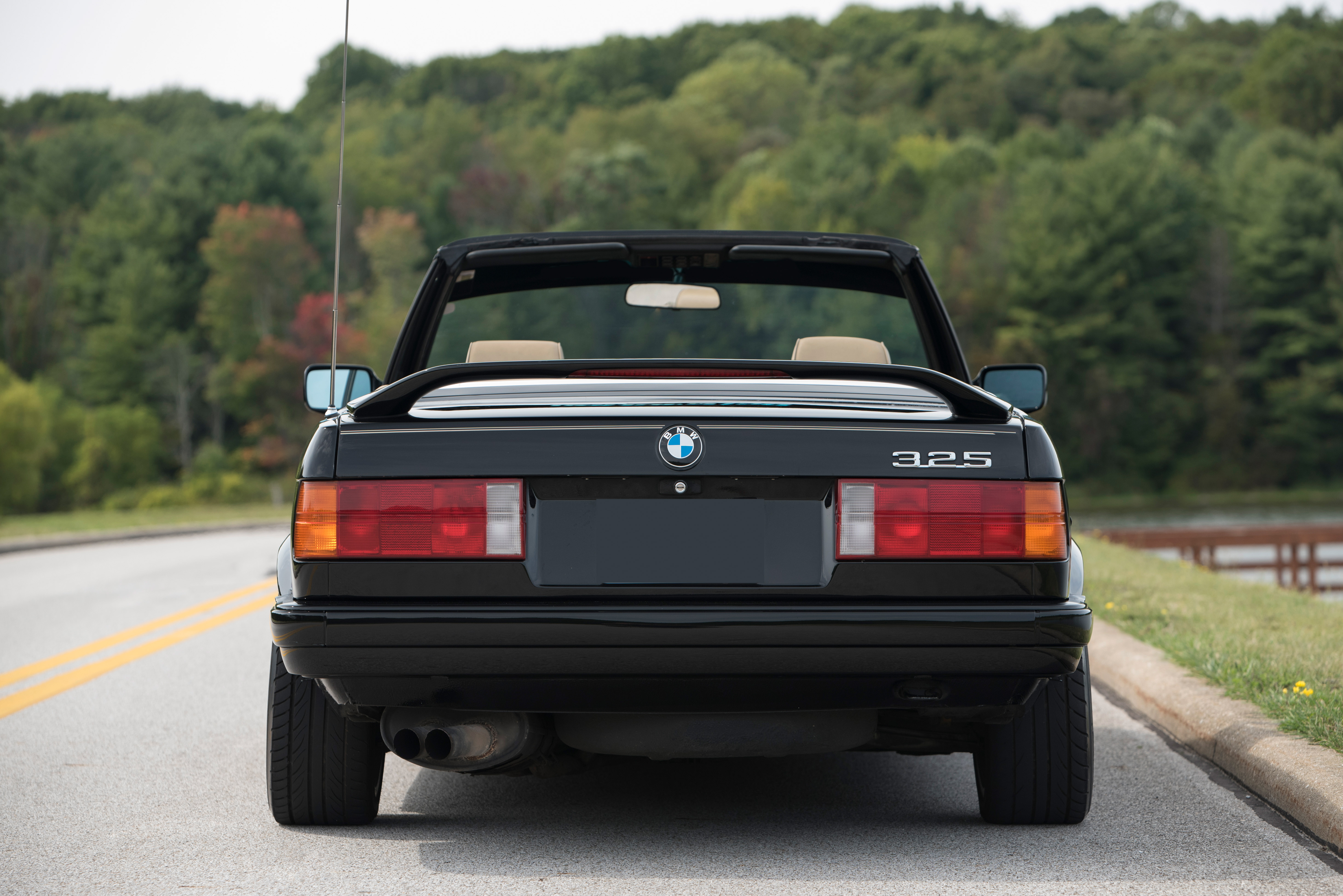
After checking the alignment, we suggest giving the car a hard stop from about 60 mph. Listen for any grinding, make sure the car does not pull to one side, and also see if the ABS kicks on and functions properly or if your brakes lock and you skid to a stop. For brake service and upgrade, we suggest using the performance kits for BMW E30 which we feature here.
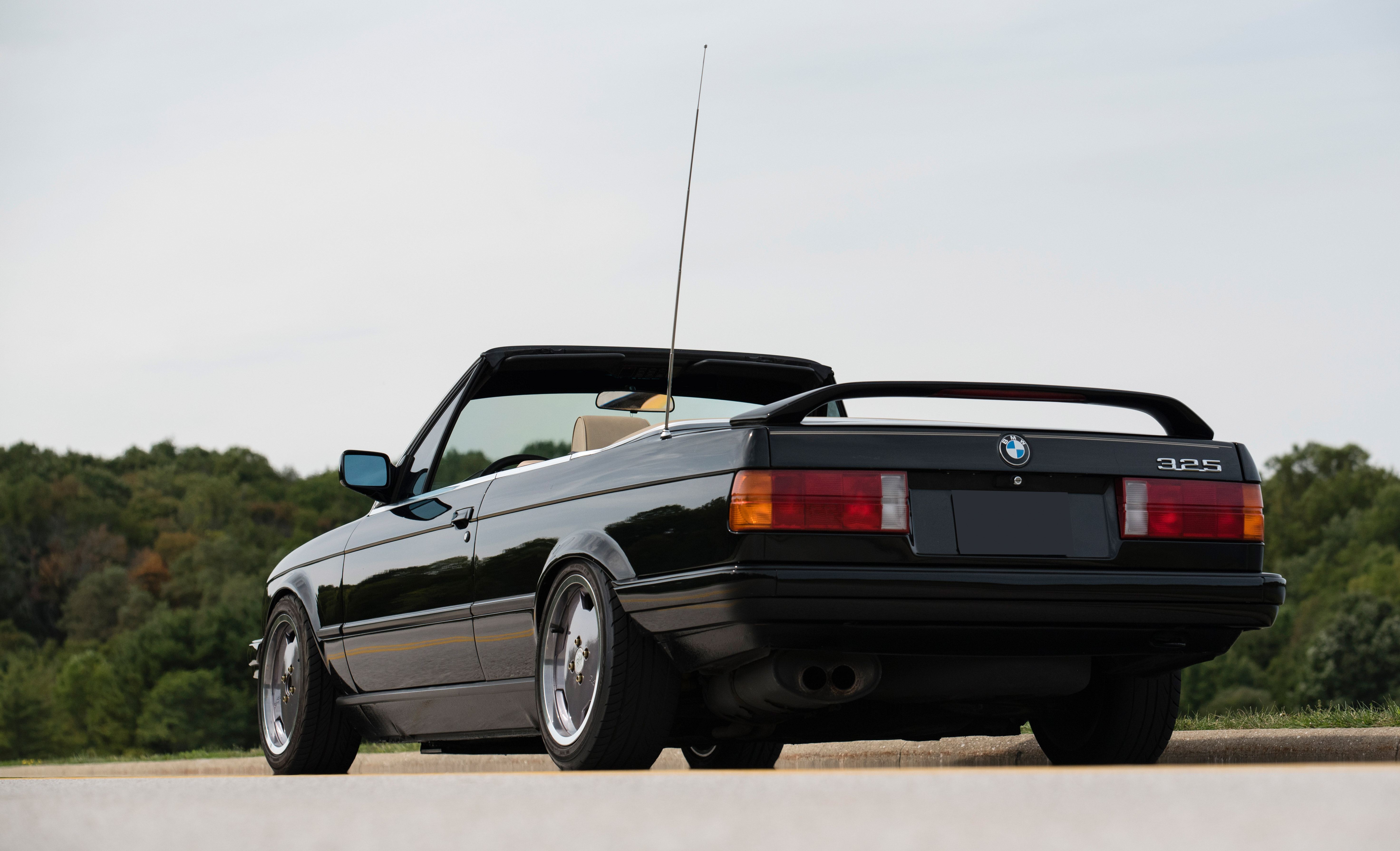
Definitely try out the cruise control. Often times the cruise function is not working for one reason or another. While it may not be the highest priority, knowing before you buy can be helpful.
We suggest taking the car to the red-line in a couple of gears. Both M20 and M40/42 motors are fairly stout and should be perfectly content being put through their paces. If there are any internal issues with the engine, this is where you will find them. Watch for excessive smoke, either white or dark, from the exhaust. Don’t forget to keep an eye on your temp. If your temp increases under hard driving and you didn’t notice any signs of a head gasket failure, then this can mean your water pump could be on the way out.
While driving, try to feel any vibration through the driveline. Sometimes this can be from wheels needing a new balance, but frequently in these cars the Center Support Bearing on the driveshaft, or the Guibo, can be worn out. Driveline vibration can also be caused by worn motor mounts, trans mounts, and subframe bushings.
Finally, take some hard corners and hit some bumps or potholes. Grinding in corners could be a sign you are in need of new wheel bearings, which are generally expensive to purchase and to have pressed. Wheel bearings are near impossible to do on your own without the proper equipment. Check for blown struts/shocks by hitting those bumps. Clunks or wobbly bouncing can point to worn suspension components. A suspension refresh is something we recommend on any new to you E30. The suspension refresh kit can be found here.
Check for leaks

Lastly, if everything has passed your inspection, park the car and let it sit for a few minutes. After it sits, move the car and check the ground for leaks. The valve cover gasket for BMW m20 and for BMW m4x can be found at the provided link, BMW E30 rear main seal , BMW E30 rocker seals , BMW E30 oil filter housing, and oil pan gasket for BMW m20 and for BMW m42 are all common places to find oil leaks in these cars.
The pan gasket and rear main seal involve quite a bit of work, so those are the two most important places to check for leaking.
If the cosmetics, mechanical, electrical, and driving inspections are all within your parameters, then it might be time to make an offer!
If you do end up purchasing the E30, congratulations!
We hope this guide has proven helpful and insightful for your E30 search, let me know if you have any processes in your inspection we have omitted and stay tuned for a follow up post related to popular modifications and upgrades that can help you enjoy your E30 even more.
Thank you for reading, and look out for the upcoming E30 Maintenance Post and Top 10 Mods for your E30.

